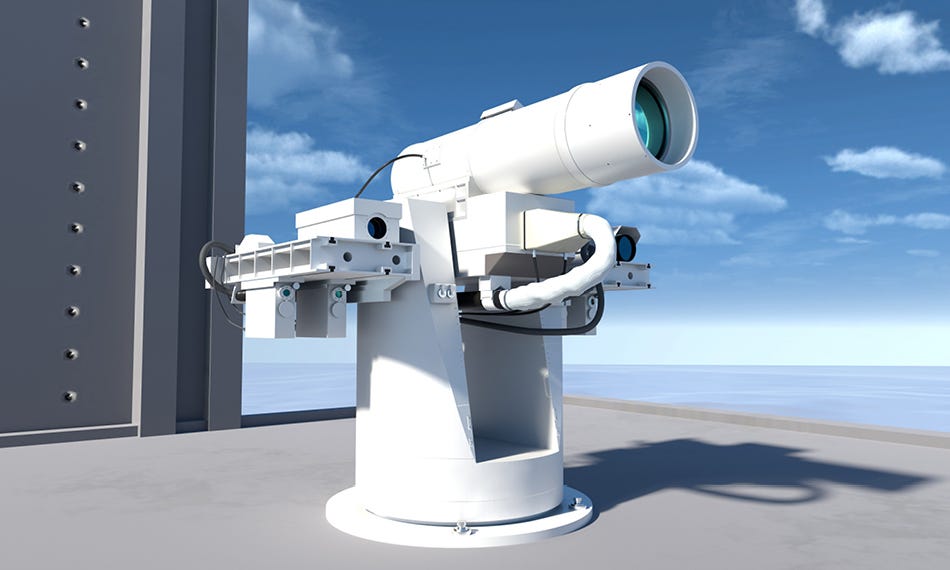The Navy Is Working on Its Most Powerful Laser Weapon Yet
Enter SONGBOW.

Despite fresh issues with its primary shipboard high-energy laser weapon, the US Navy is forging ahead with yet another new directed energy system.
The Office of Naval Research (ONR) awarded a $29.9 million contract to California-based defense firm …
Keep reading with a 7-day free trial
Subscribe to Laser Wars to keep reading this post and get 7 days of free access to the full post archives.


